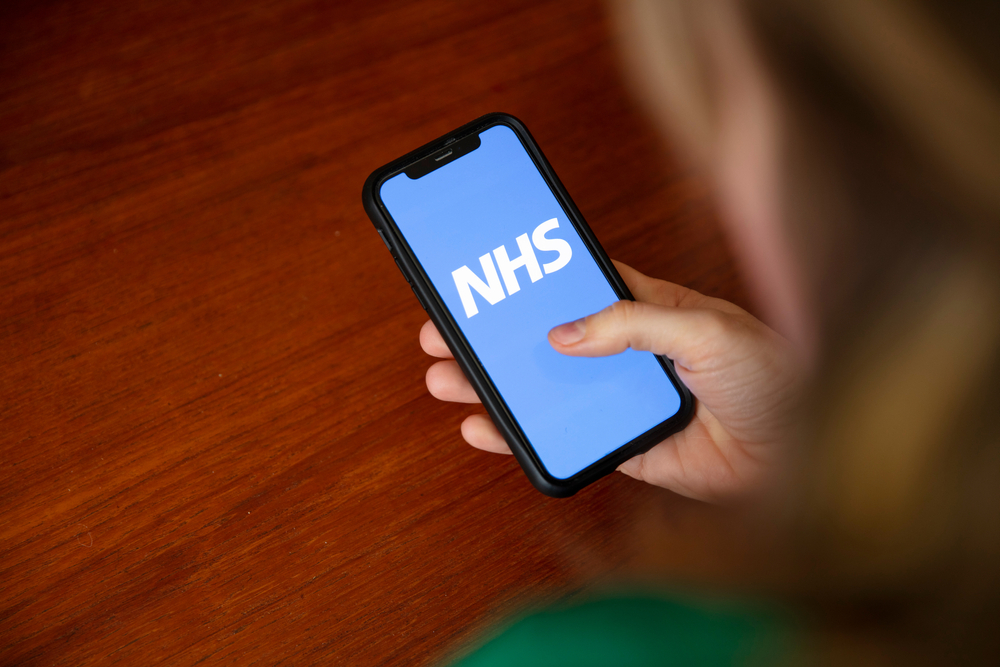A people-led digital NHS: Aligning technology to purpose for real transformation

As the NHS charts a digital future through the new 10-Year Plan, technology alone won’t deliver the transformation needed, warns Kath Dean. Real change depends on redesigning processes, investing in people, and aligning tools to purpose – with safety, outcomes, and collaboration at the core.
The new 10-Year Plan for the NHS in England outlines a clear vision for a digitally-enabled health service. Acknowledging a service left behind, in terms of a modern user experience compared to other sectors and other countries, is absolutely right. However, our healthcare teams and their supporting supplier community know that technology alone will not drive the service transformation needed. That shift requires investment in people, process, culture and collaboration.
Long-term, sustainable service transformation is a journey, built-on tech, used by people and beholden to processes. Bridging the gap between them –redesigning more efficient, safer processes that work for frontline teams, operational staff, and their patients – must come first.
Invest in outcomes, enabled by technology
The NHS may be a “20th century technological laggard”, but that’s not because of a lack of investment in software and solutions. What has been missing is the alignment of technology to purpose and an unwavering focus on outcomes. Without this approach, the NHS runs the risk of repeating past mistakes, procuring expensive solutions that don’t meet evidence-based need.
Digital investment cannot be measured by infrastructure alone. The emphasis on AI, improvements to the NHS App, and the ambition to deliver a Single Patient Record are all positive steps. But if we focus on solutions before defining the problems they’re meant to solve, we risk repeating past mistakes: expensive rollouts that deliver complexity rather than clarity.
True digital productivity isn’t achieved when clinicians spend more time on their computers. It’s when technology frees them to spend more time with their patients. Every tool should be evaluated against this standard: Does it reduce burden? Does it improve safety? Does it enable better outcomes?
Redesign processes, building on safety
Much of the billions of pounds invested in digital infrastructure to date has been spent on implementing systems rather than understanding and transforming how health and care professionals actually work. True digital maturity and realisation of sustainable benefits means embedding usability principles from day one.
Rapid implementation and a system go-live tick the ‘success’ box in many cases. Ways of working are often ignored or not considered, made to fit the system without any consultation. On the busy frontline, this adds to an already heavy burden.
Clinical risk management is also, too often, a late consideration – a post-implementation afterthought. This approach fails to recognise the uncomfortable truth that we are potentially introducing new digital pathways that could put patients at risk of harm.
A far better approach would be to treat every workflow change, every new alert, every data integration point as we do with new medications, i.e., introduce them only after rigorous safety testing. Patient safety demands nothing less.
Value data as the foundation of sustainable change
Reliable, accessible data is the foundation of sustainable digital transformation. If we want to shift from reactive care to proactive, preventive models and move care safely beyond hospital walls, then we must embrace data, not just as a by-product, but as a strategic asset.
This requires more than just new systems. It requires a cultural shift: building data literacy across the workforce, fostering trust in how data is used, and ensuring that information is high-quality, governed transparently, and held securely.
With that foundation, we can unlock smarter resource planning, real-time operational insight, and more personalised care pathways. But none of this will be possible if data remains siloed, misunderstood, or mistrusted.
People, partners, purpose = realisation
Delivering the NHS’s digital future will require more than good intentions and clever technology. It’s about supporting people to work differently in a digital environment, embedding confidence, capability, and continuous improvement. That requires collaboration with trusted partners with proven technical and clinical experience, a pragmatic approach and genuine desire to effect the change the NHS needs and deserves.
By aligning technology to purpose, and putting people and safety at the heart of every decision, we can create a health and care system that’s not only more efficient but also fairer, safer, and more responsive to the needs of patients and staff alike.
Kath Dean is President of Cloud21 Ltd.